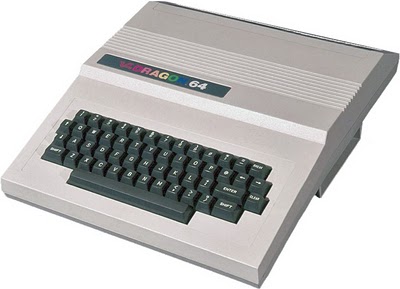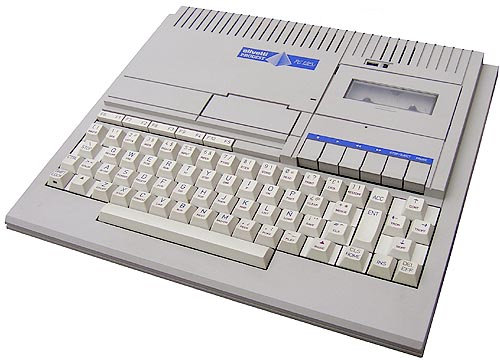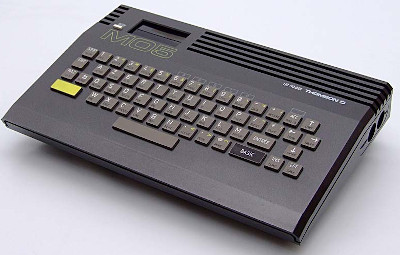User Tools
Table of Contents
ugBASIC SUPPORTED TARGETS
This page is no longer maintained, and left here for reference purposes only. You can find the official and automatically updated page based on ugBASIC updates and developments by clicking here.
CPU 6502 based
Atari 400/800 (atari)
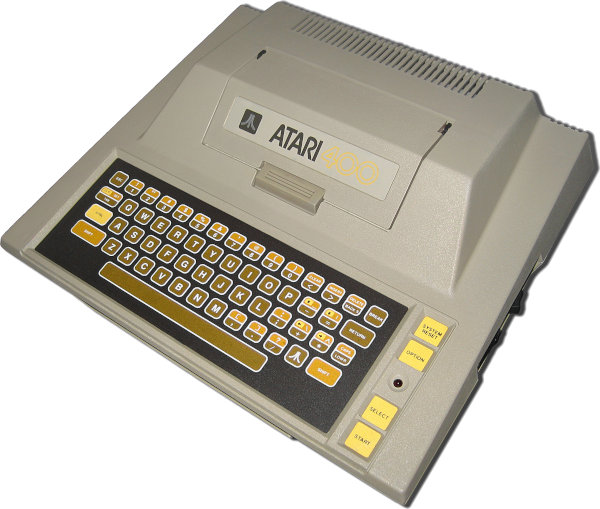
Atari 400 and Atari 800 were presented at the Winter CES in January 1979 and shipped in November of the same year. The names originally referred to the amount of memory: 4 KB RAM in the 400 and 8 KB in the 800. The computers eventually shipped with maxed-out RAM: 16k and 48k, respectively, using 16kx1 DRAMs. Both models have four joystick ports, permitting four simultaneous players, but only a few games (such as M.U.L.E.) make use of them all. Paddle controllers are wired in pairs, and eight players can play Super Breakout. 1)
Supported outputs:
- xex - single executable image file
Atari 1200XL (atarixl)
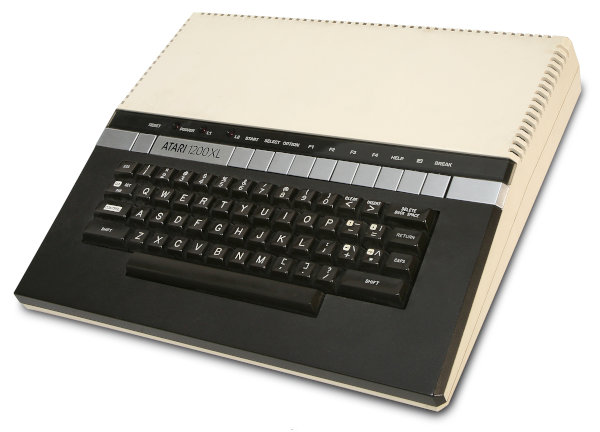
Atari 1200XL was presented at the Winter CES on January 6–9, 1983. It shipped in March 1983 with 64 KB of RAM, built-in self test, a redesigned keyboard (with four function keys and a HELP key), and redesigned cable port layout. The 1200XL omitted several features, or they were poorly implemented. 2)
Supported outputs:
- xex - single executable image file
Atari 600XL/800XL (atarixl)
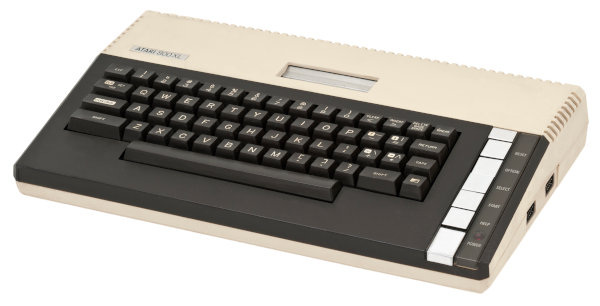
The Atari 600XL was essentially a replacement for the Atari 400, while the 800XL would replace both the 800 and 1200XL. The Atari 800XL would ultimately be the most popular computer sold by Atari. 3)
Supported outputs:
- xex - single executable image file
Atari XE Video Game System (atarixl)
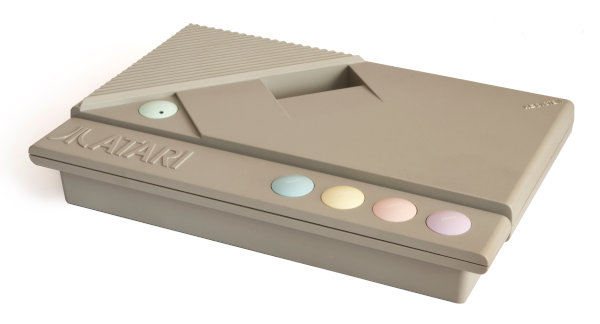
The Atari XE Video Game System (Atari XEGS) is an industrial redesign of the Atari 65XE home computer and the final model in the Atari 8-bit family. It was released by Atari Corporation in 1987 and marketed as a home video game console. Without keyboard, the system operates as a stand-alone game console. With the keyboard, it boots identically to the Atari XE computers. 4)
Supported outputs:
- xex - single executable image file
Commodore 128 (c128)
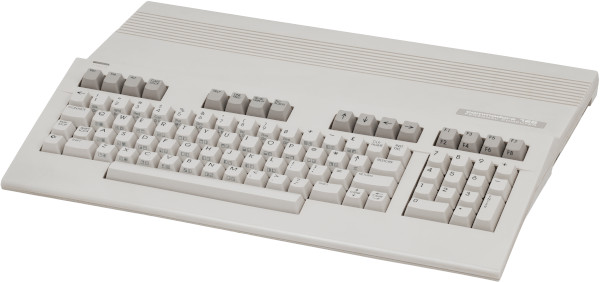
The Commodore 128, also known as the C128, C-128, C= 128, is the last 8-bit home computer that was commercially released by Commodore Business Machines (CBM). Introduced in January 1985 at the CES in Las Vegas, it appeared three years after its predecessor, the bestselling Commodore 64. 5)
Supported outputs:
- prg - single executable file
Commodore 64 (c64)
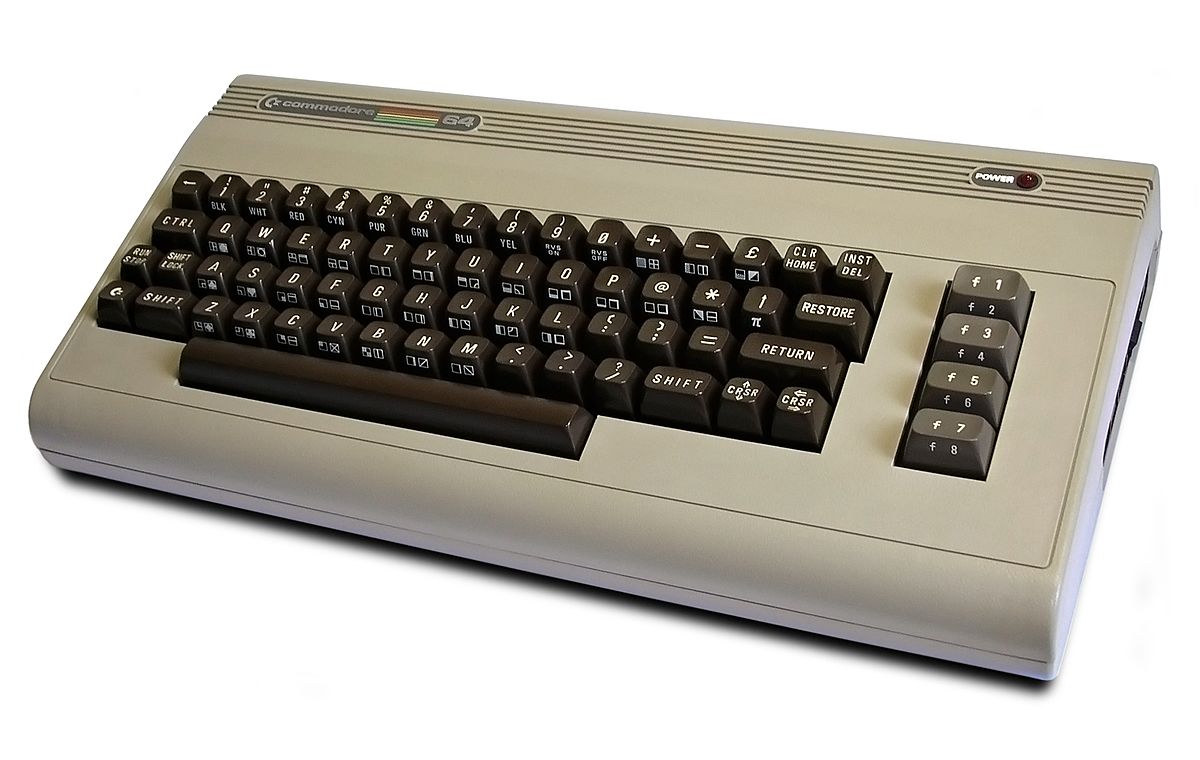
The Commodore 64, also known as the C64 or the CBM 64, is an 8-bit home computer introduced in January 1982 by Commodore International (first shown at the Consumer Electronics Show, 7–10 January 1982, in Las Vegas). Preceded by the Commodore VIC-20 and Commodore PET, the C64 took its name from its 64 kibibytes (65,536 bytes) of RAM. With support for multicolor sprites and a custom chip for waveform generation, the C64 could create superior visuals and audio compared to systems without such custom hardware. 6)
Supported outputs:
- prg - single executable file
- d64 - single / multiple disk image file
Commodore PLUS/4 (plus4)
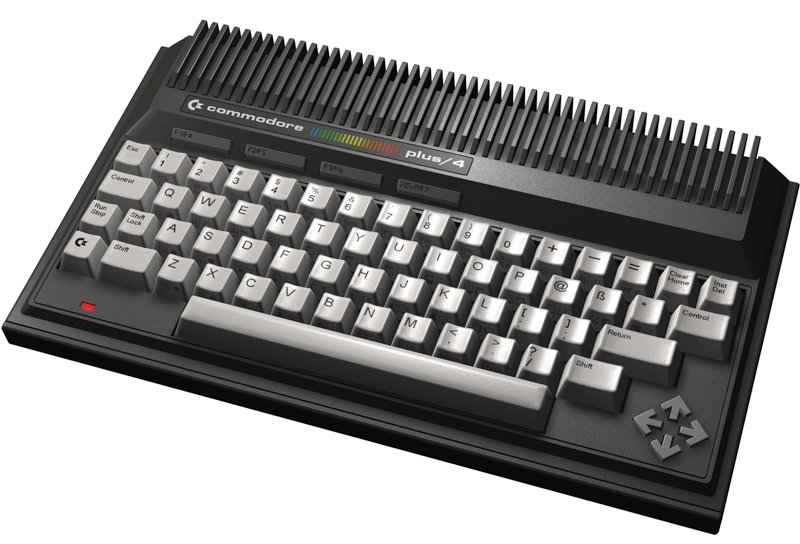
The Commodore Plus/4 is a home computer released by Commodore International in 1984. Internally, the Plus/4 shared the same basic architecture as the lower-end Commodore 16 and 116 models, and was able to use software and peripherals designed for them. The Plus/4 was incompatible with the Commodore 64's software and some of its hardware. Although the Commodore 64 was more established, the Plus/4 was aimed at the more business oriented part of the personal computer market. 7)
Supported outputs:
- prg - single executable file
Commodore VIC-20 (vic20)
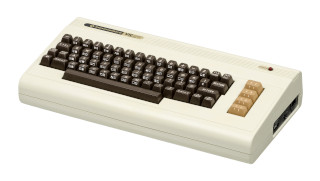
The Commodore VIC-20 (known as the VC-20 in Germany and the VIC-1001 in Japan) is an 8-bit home computer that was sold by Commodore Business Machines. The VIC-20 was announced in 1980, and it was the first computer of any description to sell one million units.“ 8)
Supported outputs:
- prg - single executable file
6809 based
Dragon 32 (d32)
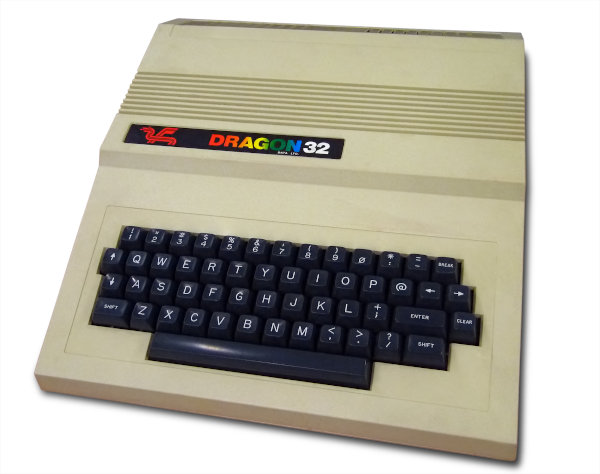
The Dragon 32 is an home computers built in the 1980s. The Dragons are very similar to the TRS-80 Color Computer, and were produced for the European market by Dragon Data, Ltd., initially in Swansea, Wales before moving to Port Talbot, Wales (until 1984) and by Eurohard S.A. in Casar de Cáceres, Spain (from 1984 to 1987), and for the US market by Tano of New Orleans, Louisiana. 9)
Supported outputs:
- bin - DragonDOS single binary file
Image courtesy of Wikipedia: https://it.wikipedia.org/wiki/File:Dragon_32.jpg
Dragon 64 (d64)
The Dragon 64 is an home computers built in the 1980s. The Dragons are very similar to the TRS-80 Color Computer, and were produced for the European market by Dragon Data, Ltd., initially in Swansea, Wales before moving to Port Talbot, Wales (until 1984) and by Eurohard S.A. in Casar de Cáceres, Spain (from 1984 to 1987), and for the US market by Tano of New Orleans, Louisiana. 10)
Supported outputs:
- bin - DragonDOS single binary file
Dragon 200-E (d64)
This machine was a version of the Dragon 200 (thus, of the Dragon 64) for the spanish market. The popular belief was that it had an 80-column display card and may have been similar in specification to the Compusense Dragon Plus add-on, but it has a piggyback board that sits on the 6847 VDG socket and contains said VDG and a new character rom. Scans of the boards are available here. 11)
Supported outputs:
- bin - DragonDOS single binary file
Olivetti PC128 Prodest (pc128op)
Olivetti Prodest PC 128 is a home computer distributed in Italy by Olivetti since 1986, the first of the Olivetti Prodest series. The computer is based on the Thomson MO6 model produced by the French company Thomson SA, on which aesthetic changes have been applied and the characteristic logo with the image of a pyramid added. 12)
Supported outputs:
- k7 - tape image file
Thomson (mo5)
The Thomson MO5 is a home computer introduced in France in June 1984 to compete against systems such as the ZX Spectrum and Commodore 64. The MO5 was not sold in vast quantities outside France and was largely discontinued in favour of the improved Thomson MO6 in 1986. MO5s were used as educational tools in French schools for a period. The Thomson MO5 runs on a Motorola 6809E processor clocked at 1 MHz. It originally featured 48 KB of RAM, a EFGJ03L gate array generating a 40×25 text display. 13)
Supported outputs:
- k7 - tape image file
TRS-80 Color Computer (coco)
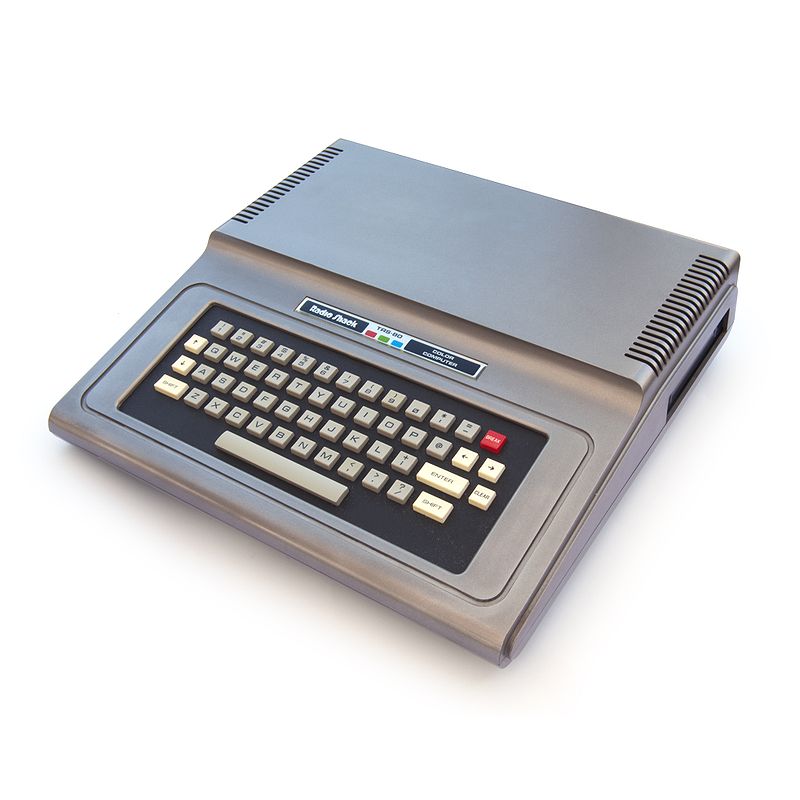
The RadioShack TRS-80 Color Computer, later marketed as the Tandy Color Computer and sometimes nicknamed the CoCo, is a line of home computers developed and sold by Tandy Corporation. Despite sharing a name with the earlier TRS-80, the Color Computer is a completely different, incompatible system and a radical departure in design and compatibility with its Motorola 6809E processor rather than the Zilog Z80 earlier models were built around. 14)
Supported outputs:
- dsk - Disk BASIC single image file
Z80 based
Amstrad CPC (cpc)
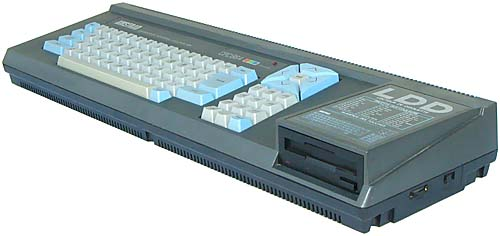
The Amstrad CPC (short for Colour Personal Computer) is a series of 8-bit home computers produced by Amstrad between 1984 and 1990. It was designed to compete in the mid-1980s home computer market dominated by the Commodore 64 and the Sinclair ZX Spectrum, where it successfully established itself primarily in the United Kingdom, France, Spain, and the German-speaking parts of Europe. 15)
Supported outputs:
- dsk - disk image
ColecoVision (coleco)
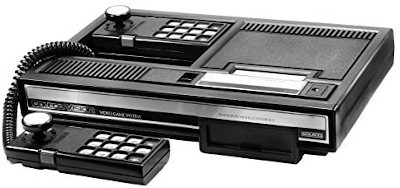
ColecoVision is a second-generation home video-game console developed by Coleco and launched in North America in August 1982. It was released a year later in Europe by CBS Electronics as the CBS ColecoVision. The console offered a closer experience to more powerful arcade video games compared to competitors such as the Atari 2600 and Atari 5200. 16)
Supported outputs:
- rom - ROM cartidge
MSX (msx1)
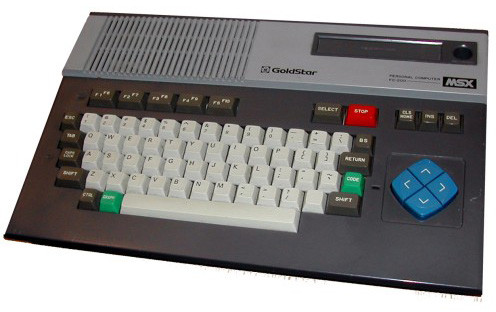
MSX is a standardized home computer architecture, announced by Microsoft and ASCII Corporation on June 16, 1983.It was initially conceived by Microsoft as a product for the Eastern sector, and jointly marketed by Kazuhiko Nishi, then vice-president at Microsoft and director at ASCII Corporation. Microsoft and Nishi conceived the project as an attempt to create unified standards among various home computing system manufacturers of the period, in the same fashion as the VHS standard for home video tape machines. 17)
Supported outputs:
- rom - ROM cartidge
SEGA SC-3000 (sc3000)
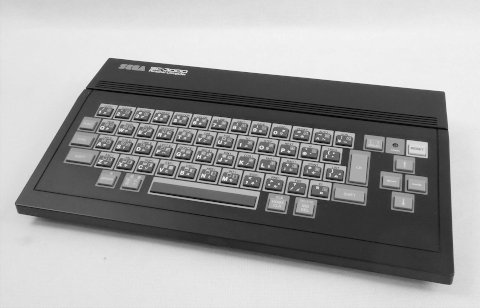
The SC-3000 is an home computer redesigned from SG-1000 II console, and it was released in 1984. 18)
Supported outputs:
- rom - ROM cartidge
SEGA SG-1000 (sg1000)
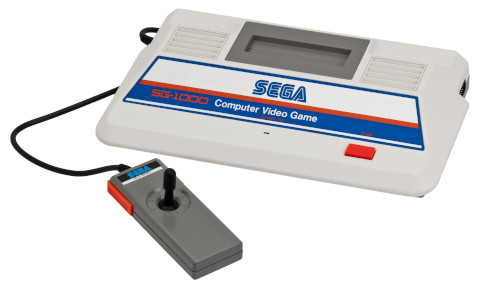
The SG-1000 is a home video game console manufactured by SEGA. It was SEGA's first entry into the home video game hardware business. Developed in response to a downturn in arcades starting in 1982, the SG-1000 was created on the advice of Hayao Nakayama, president of Sega's Japanese arm, and was released on July 15, 1983, the same day that Nintendo released the Family Computer in Japan. It also saw limited release in Australia and New Zealand. 19)
Supported outputs:
- rom - ROM cartidge
ZX Spectrum 48K (zx)
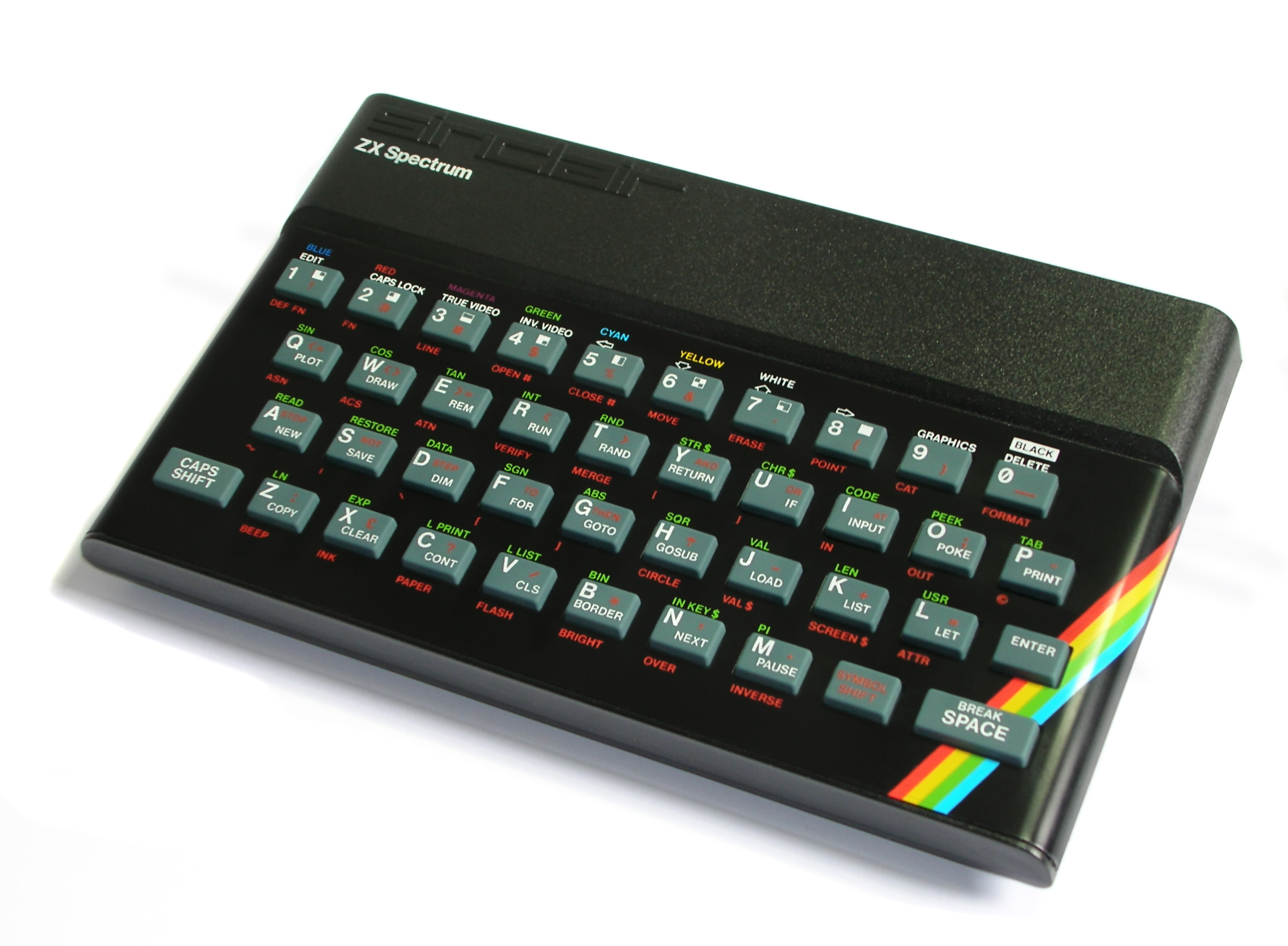
The ZX Spectrum is an 8-bit personal home computer developed by Sinclair Research. It was first released in the United Kingdom on 23 April 1982 and went on to become Britain's best selling microcomputer. Referred to during development as the ZX81 Colour and ZX82, it was launched as the ZX Spectrum to highlight the machine's colour display, compared with the black and white display of its predecessor, the ZX81. The Spectrum was released as eight different models, ranging from the entry level with 16 KB RAM released in 1982 to the ZX Spectrum +3 with 128 KB RAM and built in floppy disk drive in 1987; altogether they sold over 5 million units worldwide (not counting unofficial clones). 20)
Supported outputs:
- tap - tape emulation file

